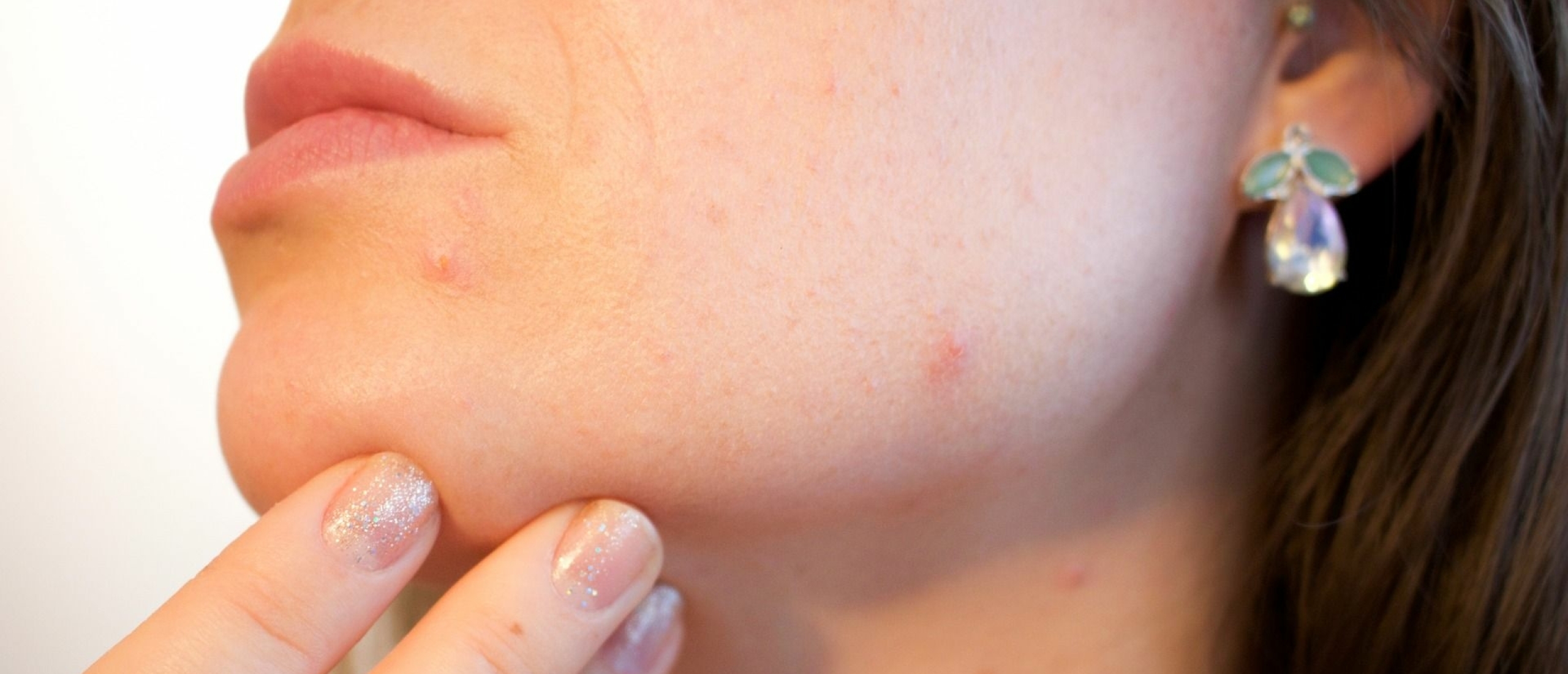
Cortisol: Your Body’s Built-In Stress Regulator
Cortisol is a powerful hormone that plays a vital role in helping the body respond to stress. It acts more slowly than adrenaline, taking several minutes to fully activate, but its effects are longer-lasting. In short bursts, cortisol helps us survive sudden challenges. But when stress becomes chronic, cortisol can become part of the problem—damaging both body and mind.
How the Body Produces Cortisol: The HPA Axis
Cortisol is the end product of the hypothalamus-pituitary-adrenal axis (HPA axis), a key hormonal system activated by stress. Here’s how it works:
- The hypothalamus in the brain releases a molecule called CRF (corticotropin-releasing factor).
- CRF stimulates the pituitary gland, located at the base of the brain.
- The pituitary releases ACTH (adrenocorticotropic hormone) into the bloodstream.
- ACTH travels to the adrenal glands, signaling them to release cortisol.
This hormone cascade ensures that the brain’s perception of stress is translated into a full-body hormonal response.
What Cortisol Does in the Body
Cortisol supports the body during stress in several important ways:
- Increases blood pressure and cardiac output to deliver oxygen to muscles
- Raises blood sugar levels by releasing glucose from the liver
- Suppresses non-essential functions like reproduction, growth, and digestion
- Puts the immune system on hold to conserve energy
These changes ensure that your body prioritizes survival over long-term health during acute stress. Cortisol’s actions are similar to adrenaline but unfold more gradually—and last longer.
Cortisol also has a self-regulating role: once the stressor passes, it signals the hypothalamus to stop producing CRF. This negative feedback helps the body return to balance.
When Cortisol Becomes a Problem
Under chronic stress, the HPA axis can stay active for long periods. This sustained activation leads to continuously elevated cortisol levels, which has several downsides:
- Weakens the immune system, increasing susceptibility to infections
- Contributes to obesity, type 2 diabetes, and cardiovascular disease
- Disrupts digestion and causes gastrointestinal issues
- Affects mood and behavior, increasing the risk for:
- Burnout
- Anxiety and depression
- Social withdrawal
- Insomnia
Over time, the hypothalamus can become less sensitive to cortisol’s feedback, keeping the HPA axis in overdrive—amplifying the effects of stress and setting the stage for illness.
Individual Differences in Cortisol Response
Not everyone reacts to stress in the same way. Research shows that HPA-axis activity varies across individuals—and even across life stages:
Children show different stress response patterns:
- Moderate responders: Balanced activation of all stress systems — ideal.
- Parasympathetic-dominant: Less likely to mount an effective fight-or-flight response.
- Anticipatory arousal: Show stress reactions before the stressor appears.
- Multisystem reactive: Overactive stress systems — common in high-conflict households.
- HPA-dominant: Cortisol spike without nervous system support — a slower stress response.
- Underaroused: No visible physiological stress response — often linked to chronic early-life stress.
These patterns suggest that both biology and life experience shape how we deal with stress.
How Stress Affects Cortisol Over a Lifetime
Early Childhood
Experiencing trauma or chronic stress in early life can program the HPA axis to remain overactive. These changes may be encoded by the way the DNA is used by cells (through stress-related epigenetic markers), altering cortisol regulation for years to come.
Adulthood and Aging
Young women tend to produce less cortisol in response to stress than young men. However, as people age, the brain becomes less responsive to cortisol’s feedback. As a result, cortisol levels tend to increase with age, especially in older women.
Tailoring Stress Management to Biology
Given how personal the stress response is, it makes sense that one-size-fits-all solutions don’t work. Individual treatment for stress-related problems should consider:
- Personal stress reactivity profiles (sympathetic, parasympathetic, HPA-axis)
- Life history, such as childhood stress or trauma
- Biological measurements of stress markers (e.g., cortisol levels)
These data can help guide effective treatment—from relaxation techniques to psychotherapy—tailored to the individual. While this personalized approach isn’t yet standard practice, it reflects the intersection of biology, psychology, and psychiatry.
At Stressinsight, we aim to bridge that gap. By helping people understand their stress biology, we empower them to seek better care and make informed decisions about recovery.











